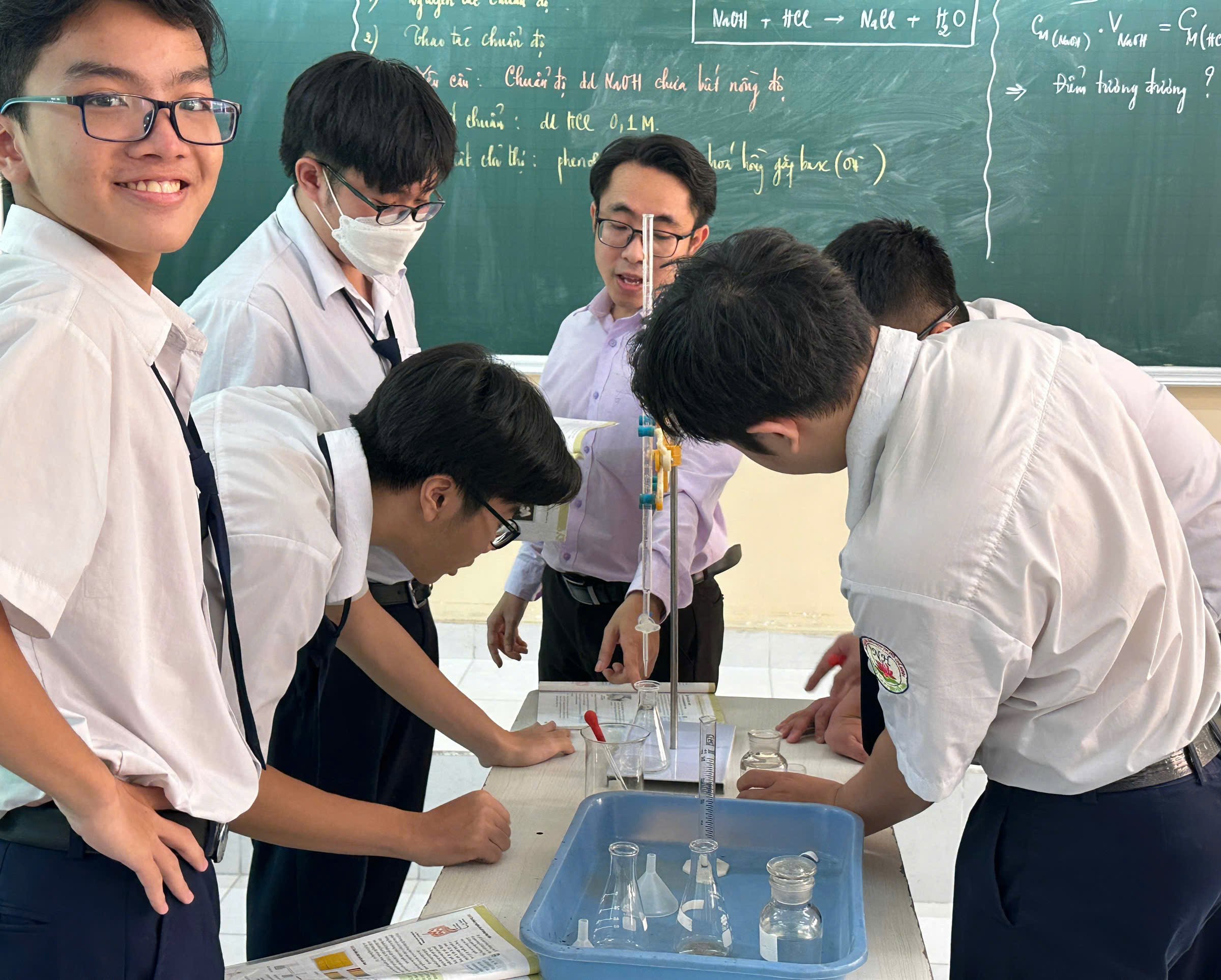
The reference questions for the high school graduation exam require students to improve their ability to apply knowledge. Photo of a chemistry lesson at Nguyen Hien High School (District 11, Ho Chi Minh City)
Increase the application of knowledge, limit the use of luck
Master Tran Van Toan, former head of the math group at Marie Curie High School (District 3, Ho Chi Minh City), analyzed that the reference math exam for high school graduation is divided into 3 parts, which is different from previous exams which only included multiple choice questions.
Part 1 - Multiple choice test: Includes 12 questions mainly revolving around formulas and basic knowledge, of which grade 11 knowledge accounts for 25%.
Part 2 - True or False Test: This is a new part and increases the difficulty level when it requires candidates to identify whether the answer given in the test is true or false. This part consists of 4 questions, of which 1 question is related to 11th grade trigonometry and 3 questions are practical problems related to probability and science subjects. This requires candidates to have a deep understanding of theory and problem-solving ability.
Part 3 - Short answer test: This is the most difficult part and has the highest classification, helping to avoid "cheating" candidates. This part includes both logical thinking and knowledge of grades 10 and 11. The problems in this part not only require solid mathematical knowledge but also require the ability to analyze, think logically and apply theory to practical problems. Compared to previous exams, part 3 is a step change with many practical problems and requires flexibility in problem solving. This is good preparation for students in applying mathematics to different areas of life and work.
Limit the ability to randomly circle and use tricks when doing multiple choice tests.
The reference questions for the high school graduation exam from 2025 have some special points in terms of question formats, accordingly, learning methods to closely follow and answer questions well according to the formats also need to be noted.
Diverse in question formats, question types in the exam include: Multiple choice questions; True or false multiple choice questions; Short answer multiple choice questions.
Multiple choice test questions (18 questions, 4.5 points): This is a format that has been used for many years, candidates are familiar with it, candidates choose one option from four options A, B, C, D.
True/false multiple choice questions (4 questions worth 4.0 points): is a new format, candidates need to pay attention and get used to it; each question has 4 ideas, candidates must answer true/false for each idea of the question. This format requires candidates to have the ability and skills to analyze and synthesize to deduce the correct/incorrect answers,...
Short answer multiple choice questions (6 questions worth 1.5 points): is a new format, candidates need to pay attention and get used to it, be careful in answering and writing down the answers; this format has short answer content according to the requirements of the question, evaluated through the results that candidates must calculate and fill in on the answer sheet. This format requires candidates to have the ability to calculate, grasp knowledge, reading comprehension and analysis skills, etc.
The sample test demonstrates differentiation and diverse development of candidates' abilities, meeting the requirements of the general education program. With the diversity of formats, especially with true-false multiple-choice questions and short-answer multiple-choice questions, it will limit candidates' ability to randomly circle and use tricks.
Master Tran Ngoc Anh, teacher at Tran Dai Nghia Secondary and High School (District 1, Ho Chi Minh City)
Regarding the math reference test, teacher Nguyen Tien Truc, head of the math group at Tan Binh High School (Tan Phu District, Ho Chi Minh City), commented that the math reference test has many questions applying math to practice, so to get a high score, candidates must have good mathematical modeling skills. The high school graduation reference test has a high level of differentiation, limiting the ability of candidates to get points based on luck, suitable for the goal of high school graduation and university admission.
Master Pham Le Thanh, teacher at Nguyen Hien High School (District 11, Ho Chi Minh City) commented: The reference questions for chemistry in general have clearly changed from assessing knowledge to assessing competence in 3 subject-specific competencies of the subject: Chemical perception; Understanding the natural world from a chemical perspective; Applying learned knowledge and skills.
The questions in the reference high school graduation exam are spread across the content of all three grades 10, 11, and 12. They are all chemical in nature and only when both teachers and students study correctly and do exactly as required by the prescribed program can they handle and solve the entire exam.
The questions in the sample exam are mostly related to meaningful, practical contexts that are close to students. Students apply the knowledge and skills they have learned to process and solve questions from the level of knowing to understanding and applying.
In particular, the chemistry reference questions have limited complex and meaningless calculations. Instead, the chemistry exercises are closely linked to real life and production, helping to differentiate deeply, enhance knowledge and practical skills, apply knowledge to solve some practical problems, and meet career orientation requirements.
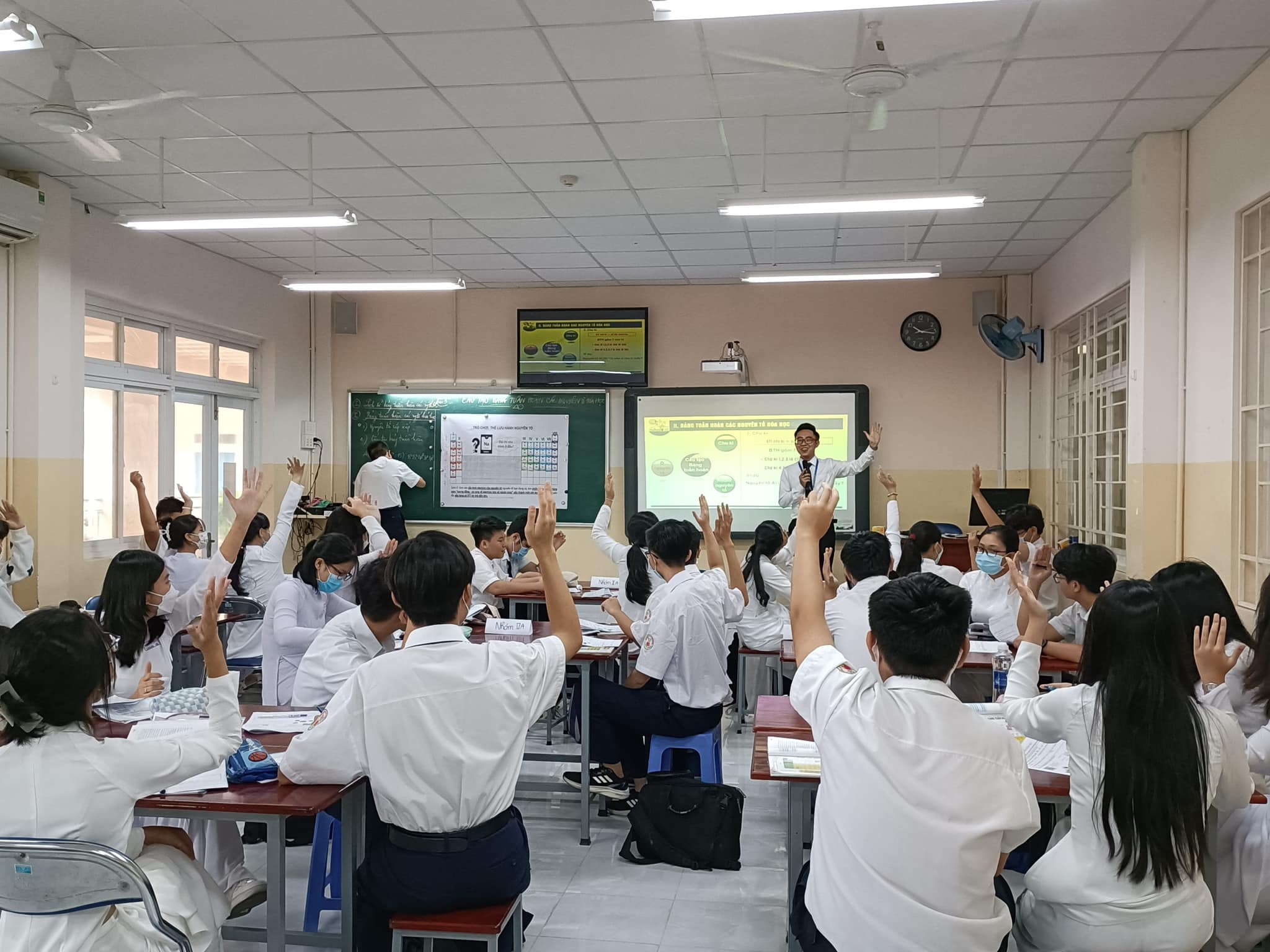
The lesson is exciting when it requires students to apply knowledge.
A physics teacher in Tan Phu district said that the structure of the physics reference exam focuses on 12th grade knowledge, with only 1 or 2 theoretical questions from 10th and 11th grades. Through the questions, it shows that the exam trend will focus more on the nature of physics accompanied by experiments and practical knowledge.
According to this teacher, although the test does not have many questions from chapter 1, grade 12 and this is just an illustration test, students still have to prepare well for chapter 1, grade 12.
"The illustrative exam gives us an overview of the exam structure, but cannot yet assess the difficulty or ease of the real exam. Students need to actively review, and practice exercises need to clearly understand the experimental methods, and should not memorize," said the physics teacher above.
From now on, there will be a complete end to the situation of guessing works and guessing topics.
The second literature reference test of the Ministry of Education and Training is good but more difficult than the first reference test. Some of my colleagues were also a bit worried after reading the test.
At first glance, the question seems easy, but students still say it is quite difficult for them. I have just let students read the sample questions and although they are good at literature, they are still most worried about the unpredictable literary argument writing question.
The new type of exam will minimize rote learning, eliminate learning from sample texts or guessing questions.
Specifically, the reading comprehension section has 5 questions at 3 levels: 2 recognition questions, 2 comprehension questions, 1 application question. The writing section (text creation) is also divided into 2 parts: Literary argumentation and social argumentation, but is reversed from the old style of writing a literary argumentative paragraph and writing a social argumentative essay.
In the reading comprehension section, the test selects a modern poem and the questions focus on the characteristics of the poem and its content. The questions are not easy. The questions are not simple but quite difficult in questions 3 and 4. Students must have a solid knowledge of literature and good understanding to be able to answer these questions correctly.
In the writing section, the literary argumentation has a sharp decrease in score (only 2 points while the old test was 5 points) because there is a section testing literary knowledge about the genre in reading comprehension and this section also requires that it adhere to both the content and genre characteristics of a specific work.
The social argument section only requires students to have awareness of social issues and writing skills to easily solve the requirements of the topic. The chosen issue is suitable for the age of 18, suitable for the contemporary social context. The issue of artificial intelligence is also quite "hot" and attracts students' attention, closely associated with youth.
I think that the illustrative exam for literature subject following the structure of the high school graduation exam format from 2025 clearly demonstrates the innovation in teaching and assessment according to the 2018 General Education Program.
The most noticeable thing is that the requirements of the exam closely follow the requirements to be achieved according to the genre characteristics of the new program.
The sample test still retains the 100% essay format, testing all reading comprehension and writing skills. From now on, the situation of guessing works and guessing questions will be completely eliminated.
Do Duc Anh, teacher at Bui Thi Xuan High School (District 1, HCMC)
Cannot learn facts and figures mechanically
Master Nguyen Viet Dang Du, Le Quy Don High School (District 3, Ho Chi Minh City), said that the history reference test consists of 2 parts: Part 1 - Multiple choice to choose the correct answer (24 questions); Part 2 - True or false multiple choice (4 questions). This structure will cause difficulties for candidates because Part 2 has up to 4 questions and the score is quite strict so that candidates can get the absolute score for each question.
The content of the questions is consistent with the history topics of grade 11 (4 questions) and grade 12 (20 questions/24). Part 2's content is completely within the grade 12 history program but does not take materials from any textbooks, so students are required to have a firm grasp of basic knowledge during the learning process. Apply thinking to solve the questions. The form is quite rich and diverse in part 2 when there are questions based on tables of documents and passages of documents.
Mr. Du said: "The test will be a big shock to teachers who are used to the old teaching method that focuses on memorizing facts. The test has good differentiation towards assessing students' overall ability."
Source: https://thanhnien.vn/de-tham-khao-thi-tot-nghiep-thpttai-sao-la-cu-soc-voi-hinh-thuc-giang-day-cu-185241019123648133.htm








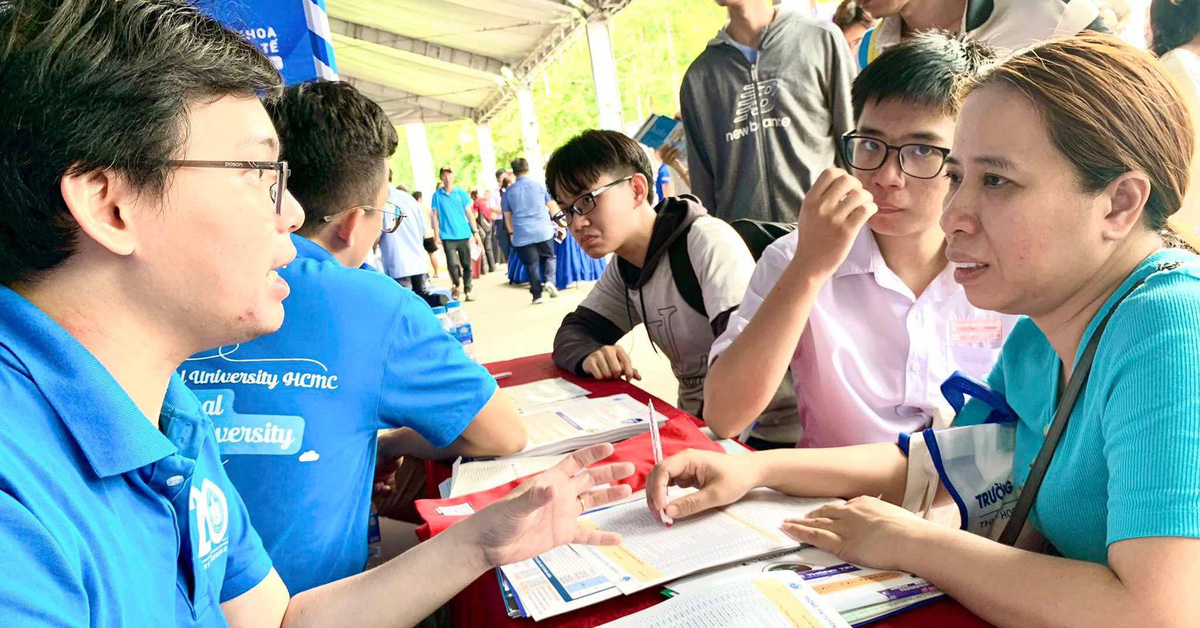






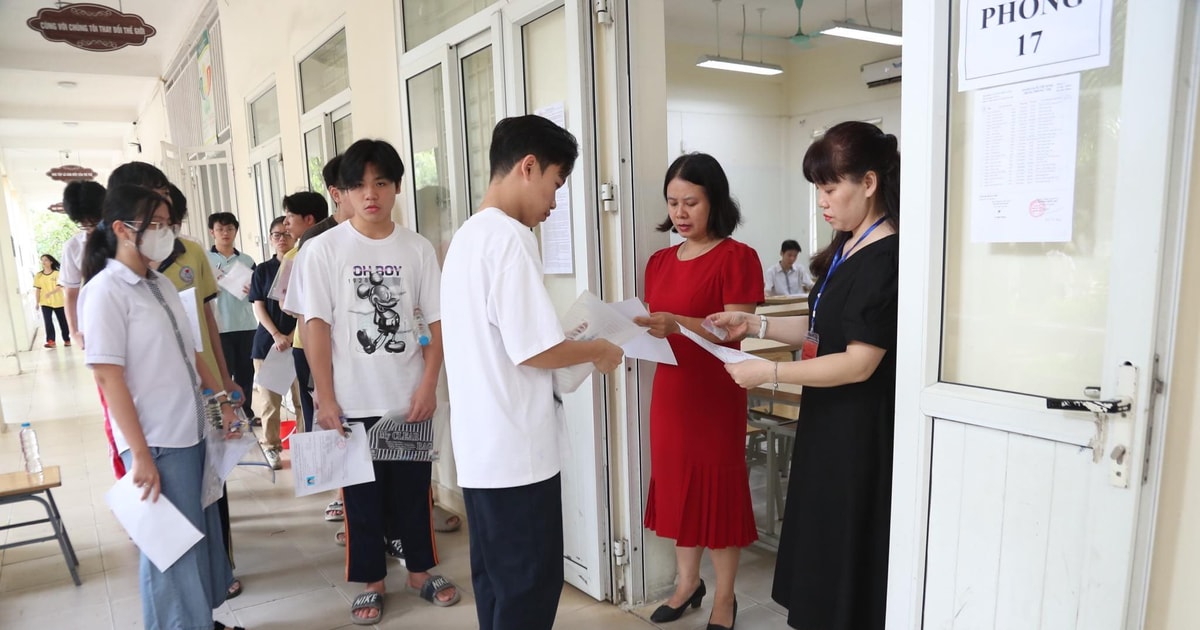
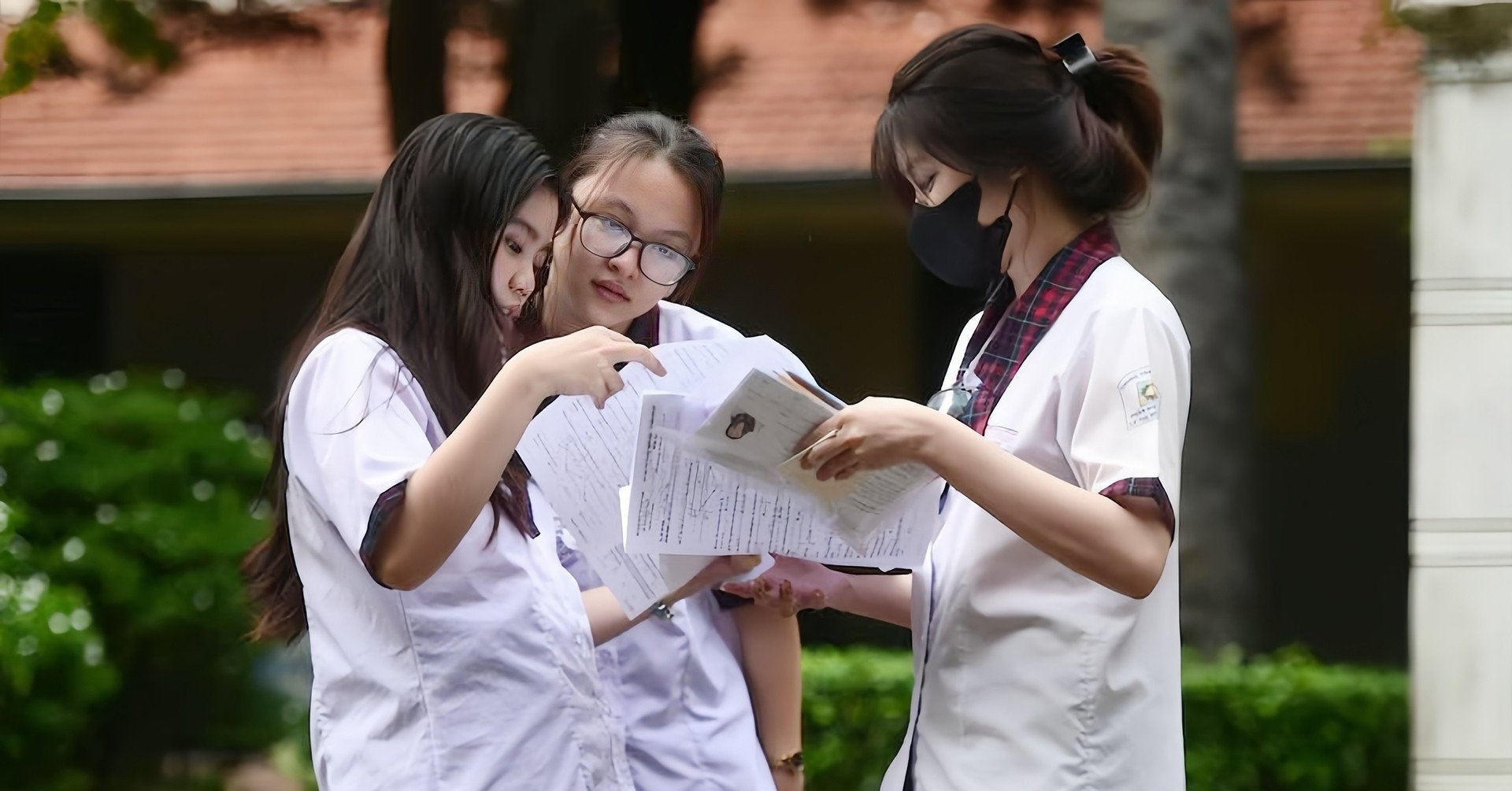
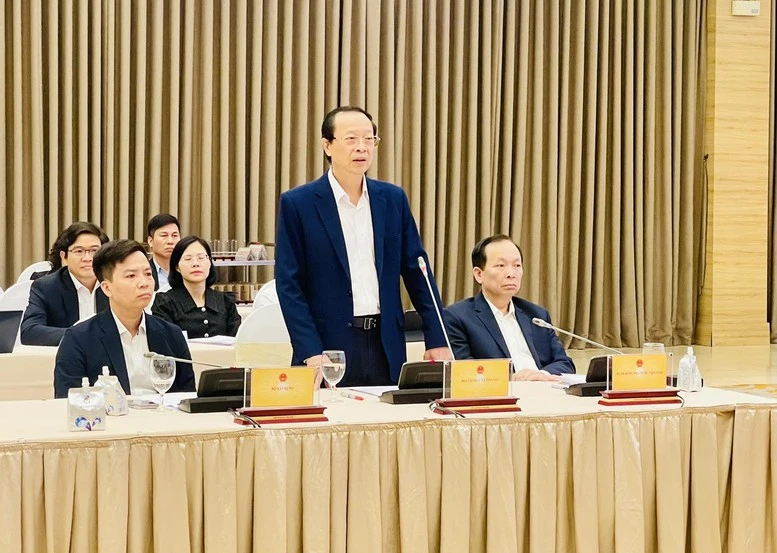

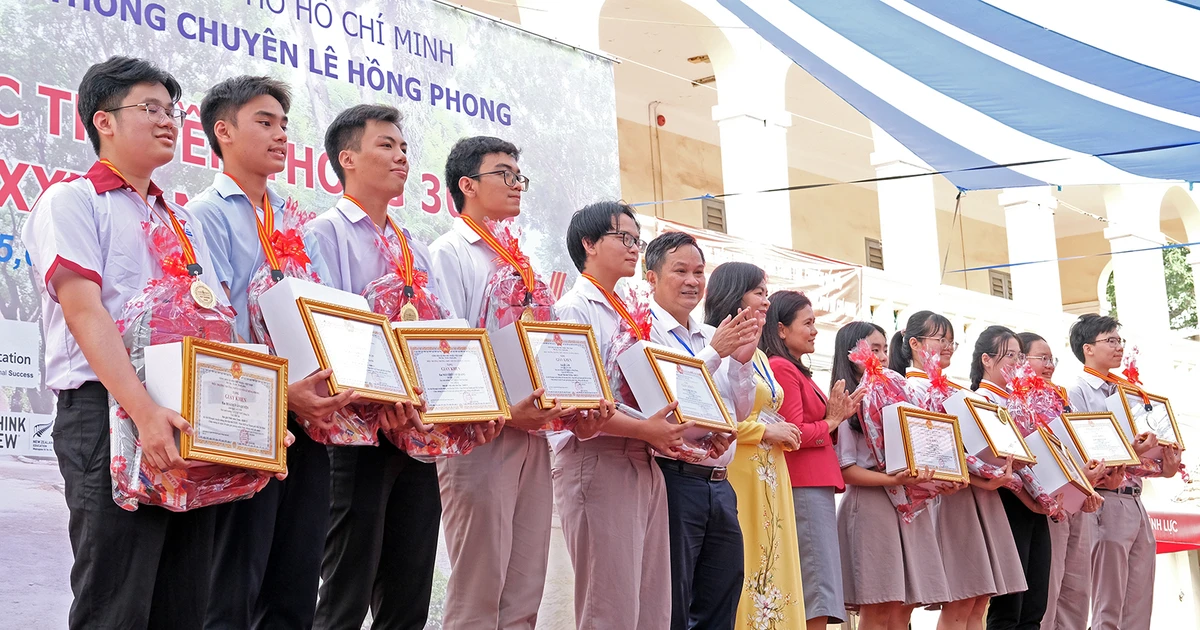
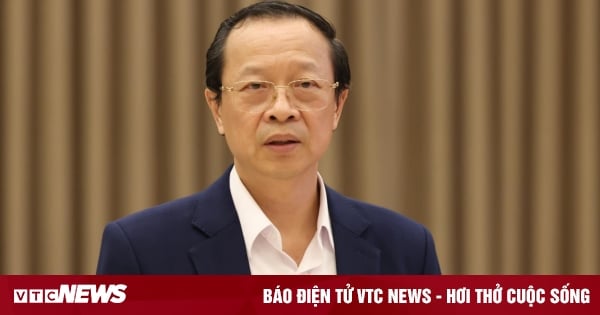
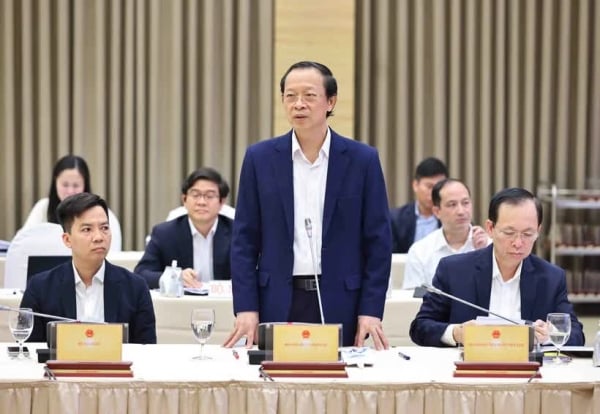








![[Photo] Visiting Cu Chi Tunnels - a heroic underground feat](https://vstatic.vietnam.vn/vietnam/resource/IMAGE/2025/4/8/06cb489403514b878768dd7262daba0b)




















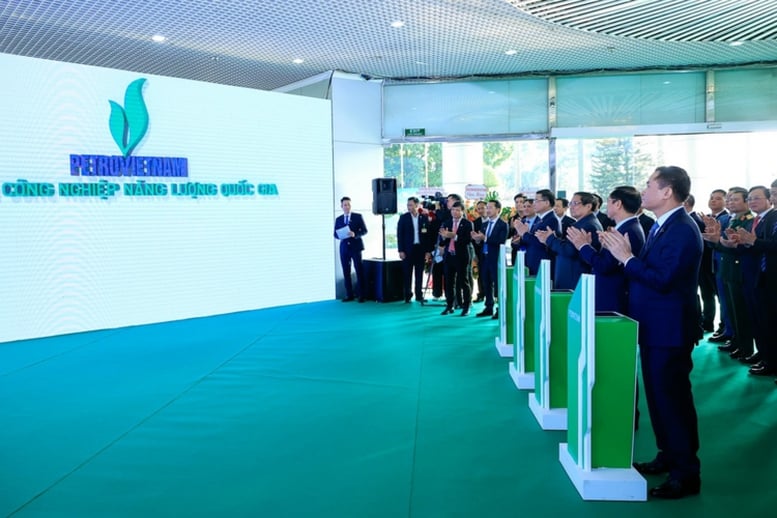

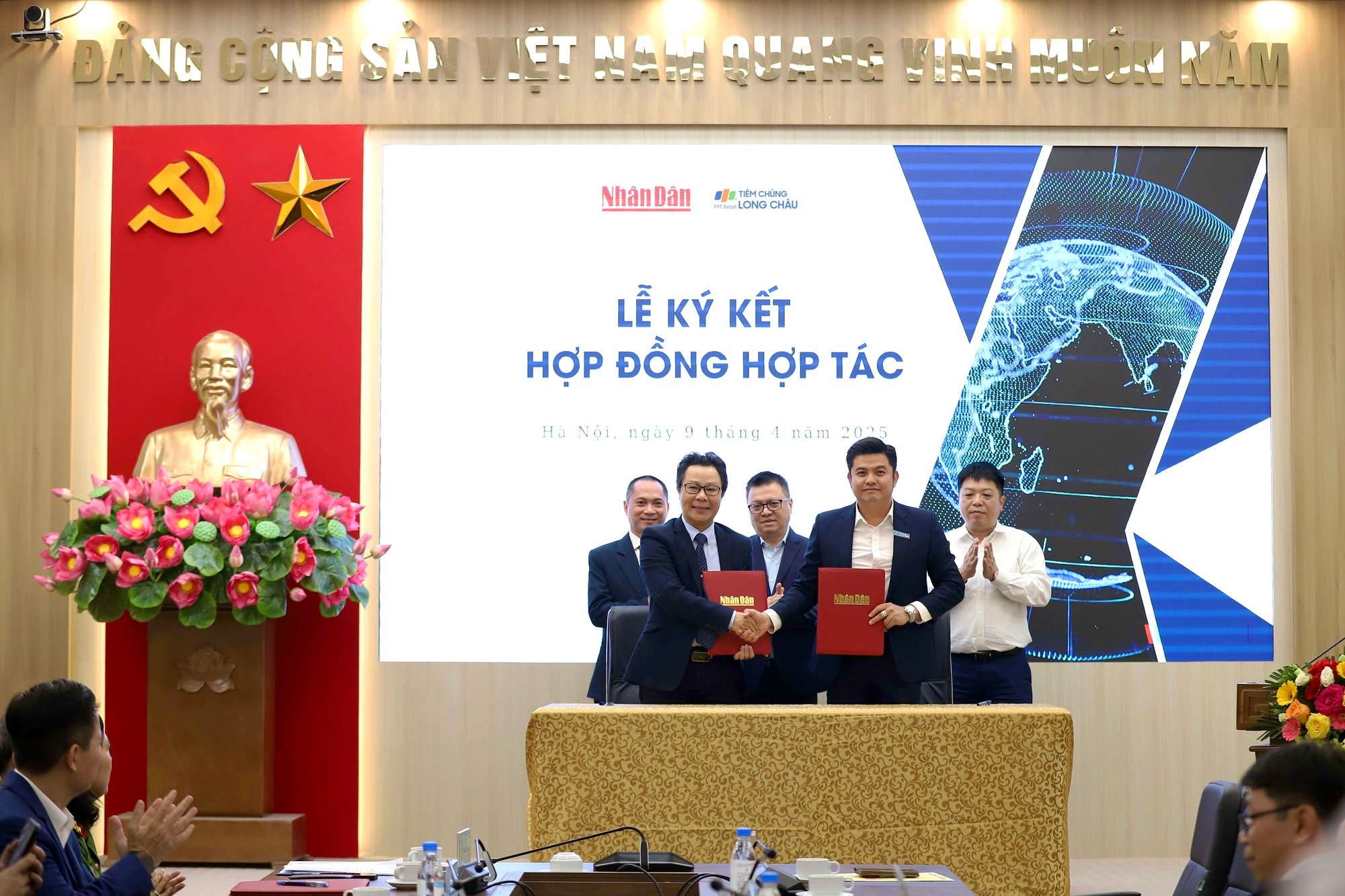















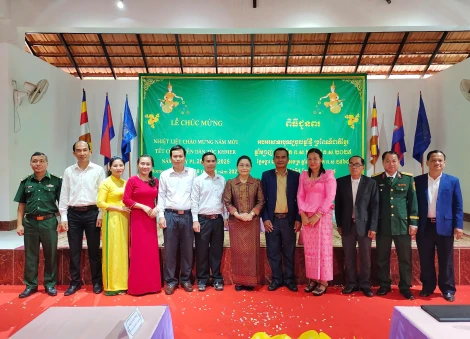




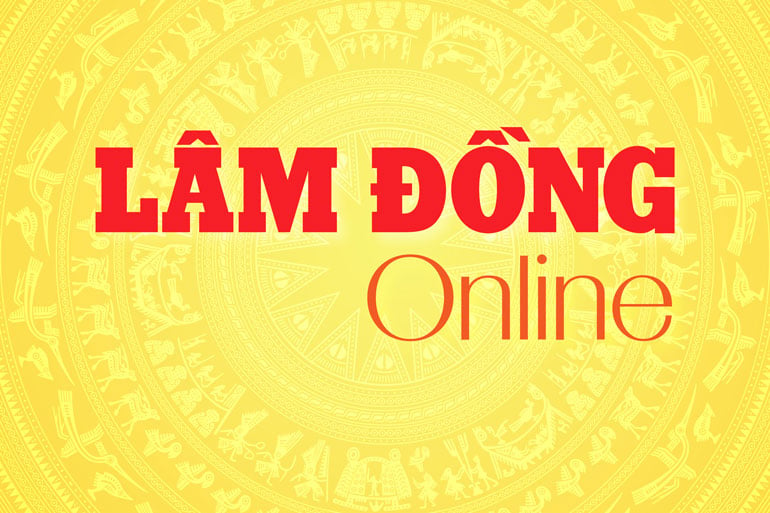








Comment (0)